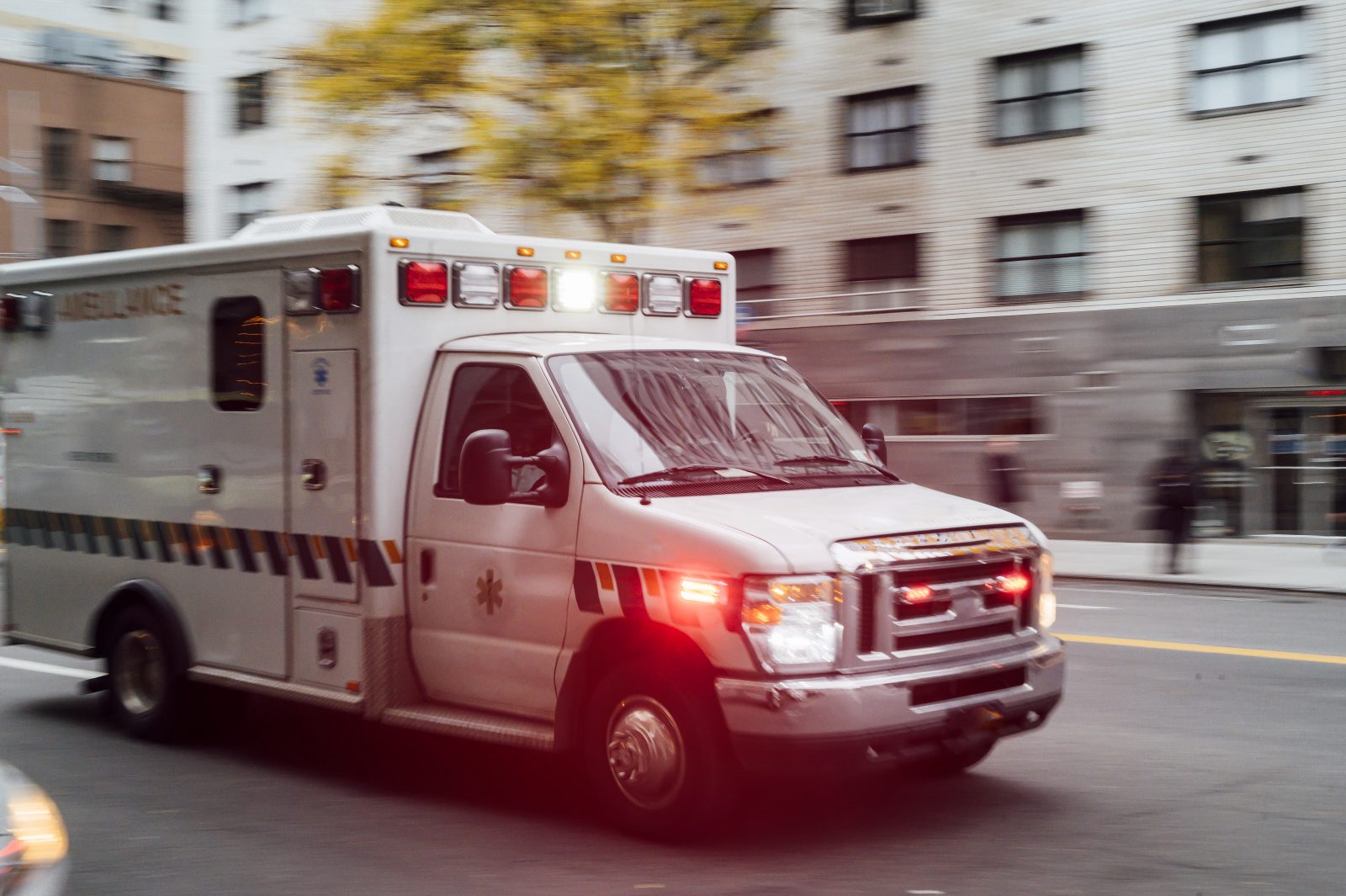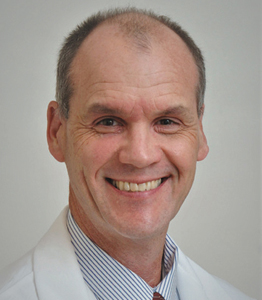


Presented by
Steven Bookless
D.D.S., M.B.A., S.A.
View Bio

Course Description
Emergencies, Health and Safety, Medical Emergencies
The live webinar is designed to expose the participants to medical risk assessment, emergency medical equipment and drugs, and algorithms to treat medical emergencies in the dental office. The course content will be geared to the capabilities of a general dental practice.
- NEED FOR TRAINING
- INCIDENCE OF MEDICAL EMERGENCIES
- PEELING BACK THE ONION
- Medical History
- Physical Exam
- Risk Assessment
- AN OUNCE OF PREVENTION IS WORTH A POUND OF CURE
- Office Evaluation
- Staff Responsibilities
- EMS Response Times
- Additional Training
- Emergency Equipment
- Emergency Drugs
- DIFFERENTIAL DIAGNOSIS OF ALTERED CONSCIOUSNESS / AND UNCONSCIOUS PATIENT
- DIAGNOSIS AND TREATMENT OF:
- Syncope
- Angina
- Postural Hypotension
- Seizure
- Asthma
- Hyperventilation
- Reaction to Epinephrine
- Hypoglycemia
- Cardiac Arrest
- Anaphylaxis
- Stroke
- Local Anesthetic Overdose
“The educational teaching methodology used in this course is live, interactive lecture presented via Zoom webinar with an accompanying PowerPoint presentation. Both the live webinar and the PowerPoint presentation incorporate a variety of audio and visual cues to enhance audience members’ understanding and retention of key concepts. In addition, question and answer periods are provided for at the conclusion of each section of the live webinar.”
Course Objectives
At the completion of this course the participants should be able to:
- Define the roles of the office staff in an emergency medical situation.
- Employ a systematic approach to medical risk assessment
- Identify the most common chronic medical conditions
- Identify medical conditions that need consultation with the patient’s physician or specialist.
- Describe the methods of preventing of medical emergencies.
- Describe the basic and specific emergency medical equipment and necessary drugs.
- Have a medical emergency protocol in place.
- Have a systematic protocol to ensure all emergency medical equipment is in working order and medication expiration dates are routinely checked
- Have an understanding of the common medical emergencies encountered in a dental office.
- Describe the use of 360 communication during a medical emergency.
- Describe specific medical emergency algorithms for each emergency encountered.